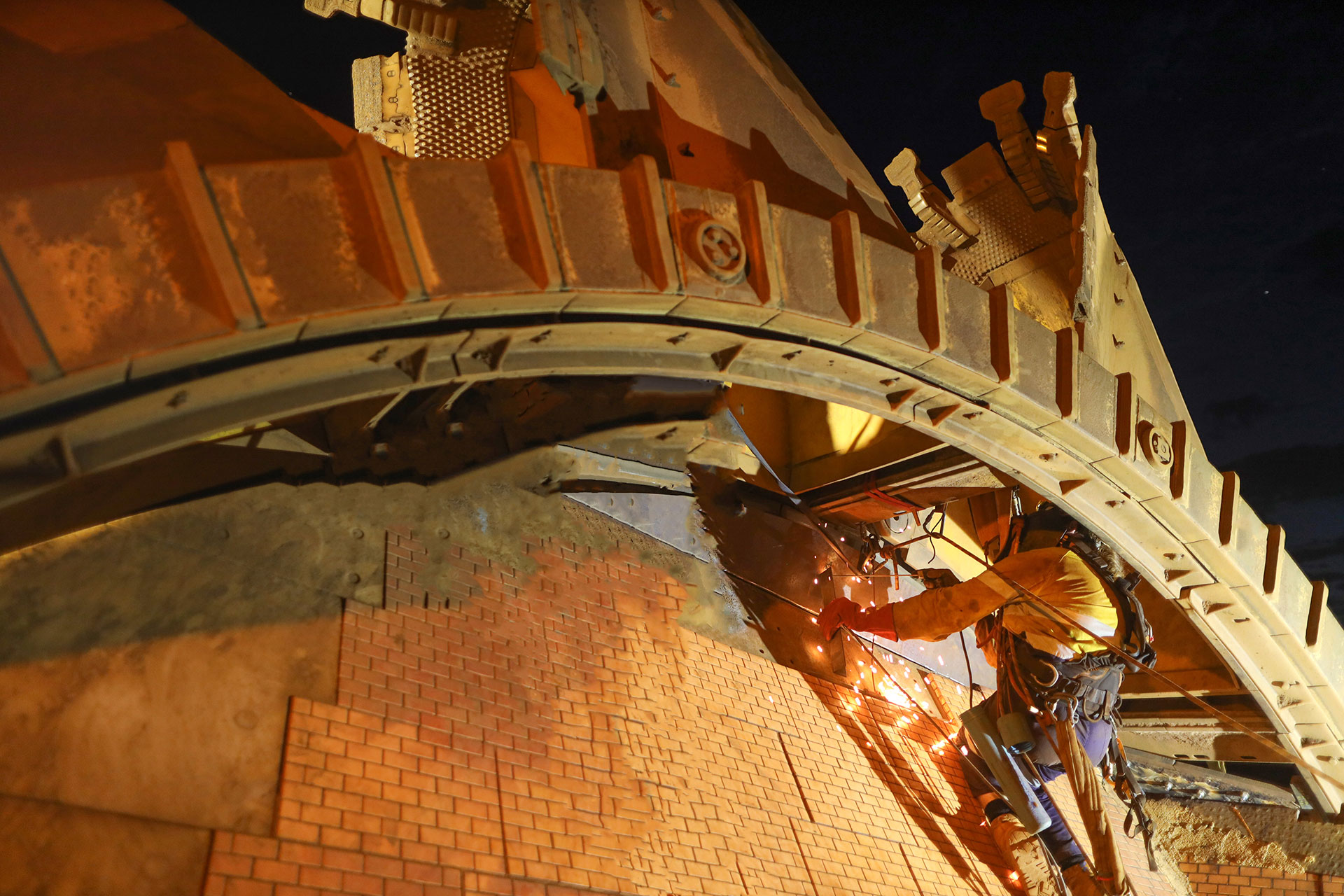Height Safety
Working at height is often misunderstood. When most people think of working at height, they are immediately drawn to visions of someone working on a high-rise building or a tower, and perhaps how dangerous this can be. Whilst working at these heights clearly poses significant personal risk, these workers will often take a lot of care and attention to their personal wellbeing when they are exposed to these conditions.
The reality is, working at height is a lot more prevalent across many industries than just those high-profile applications. Testimony to this is that a significant number of the injuries that occur from falls from heights in the workplace occur from less than 3m above the ground. This is why the definition of “working at height” is simplified to where a worker has:
“
…a risk of a fall from one level to another that is reasonably likely to cause injury to the worker or another person.

This definition highlights that a potential fall could occur from one elevated level to another level, from an elevated level to the ground, or even from the ground into a below-ground level via an opening. People often forget that fall risks also exist at ground-level, not just from above it. Falls through a penetration in a building into a pit or sewer or other form of below-ground cavity also represents a significant risk of personal injury and is included in the broader definition of “falls from height”.
Despite significant Regulatory support, resources and education, falls from height are still a major contributor to deaths and serious injury in Australian workplaces.
Between 2015-2019
122 workers were killed
following a fall from heights*
In order to address these risks in the workplace, State-based Regulators issue ‘Codes of Practice’ that not only describe the precautions and principles of working safely when exposed to height safety risks but show how these can be managed/mitigated.
Even with all these approaches to injury prevention, Working at Height activities have consistently been the second or third highest cause of fatality across Australian workplaces over the past 12 years**. The Working at Heights Association plays a key role in facilitating positive changes in the reduction of these fatalities through the process of increased awareness, education, training and standards of work practices and installations.
- * Source – Safe Work Australia
- ** Source – Work-Related Traumatic Injury Fatalities (SafeWork Australia, August 2017)
Ways to minimise the risk of falls
The most effective way to protect workers from the risk of falling is to eliminate the need to work at heights.
There are some general principles that can be applied in the “elimination” process:
Avoid the risk by removing the need to work at height where reasonably practicable.
Prevent falls – where it is not reasonably practicable to avoid work at height, assess the risks and take measures to prevent, people or objects falling.
Minimise the consequences of a fall – where the risk of people or objects falling still remains, take steps to minimise the distance and consequences of such falls.
When the risk of a fall cannot be eliminated completely (by removing the need to work at height), passive and active control measures can be used (from most preferred to least preferred):
- Fall Prevention;
- Work Positioning; and,
- Fall Arrest.
These approaches are commonly referred to as the Fall Protection Hierarchy of Controls.
ABCDEs of fall protection.
- A = Anchorage – an anchorage point rated for fall arrest is a minimum component of every fall protection system.
- B = Body Harness – a full body harness is recommended for all people working in height safety and confined space environments.
- C = Connection Device – The connection device can be a choice of many things. It essentially ensures that the user is connected between the anchorage device and their harness by a device that will secure them in the event of a fall.
- D = Decent & Rescue – The often-forgotten component of a fall protection system is the need for a rescue plan and the equipment required to make this effective.
- E = Everything Else – Including workers helmets, tool lanyards, communication devices, and any other tools or ancillary equipment needed for the task at hand.
Harness Based Work at Height
Harness-based work at height refers to any access undertaken where workers use a webbing full body harness to secure themselves whilst attached to a rope, lanyard, self-retracting lifeline or other safety device and place themselves in a position to work, that if they were not wearing such equipment, they could potentially expose themselves to a serious fall.
Let’s explore each of these in more detail.
The risks of working from height are often misunderstood. When most people think of working from height, they think immediately of someone working on a high-rise building or tower, and perhaps how dangerous this can be. Whilst working at these heights clearly poses significant personal risk, people will often take a lot of care and attention to their personal wellbeing when they are exposed to these conditions.
The most common types of harness-based work encountered can be explored through the following category links:
